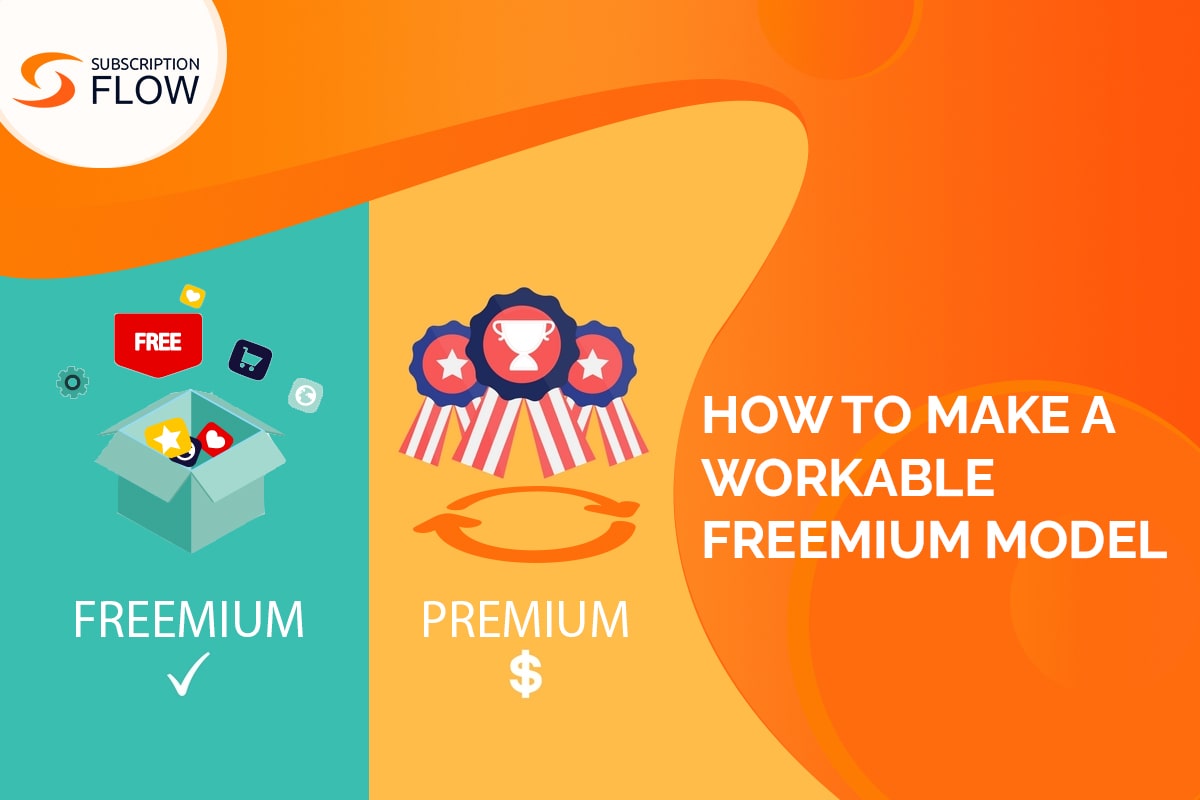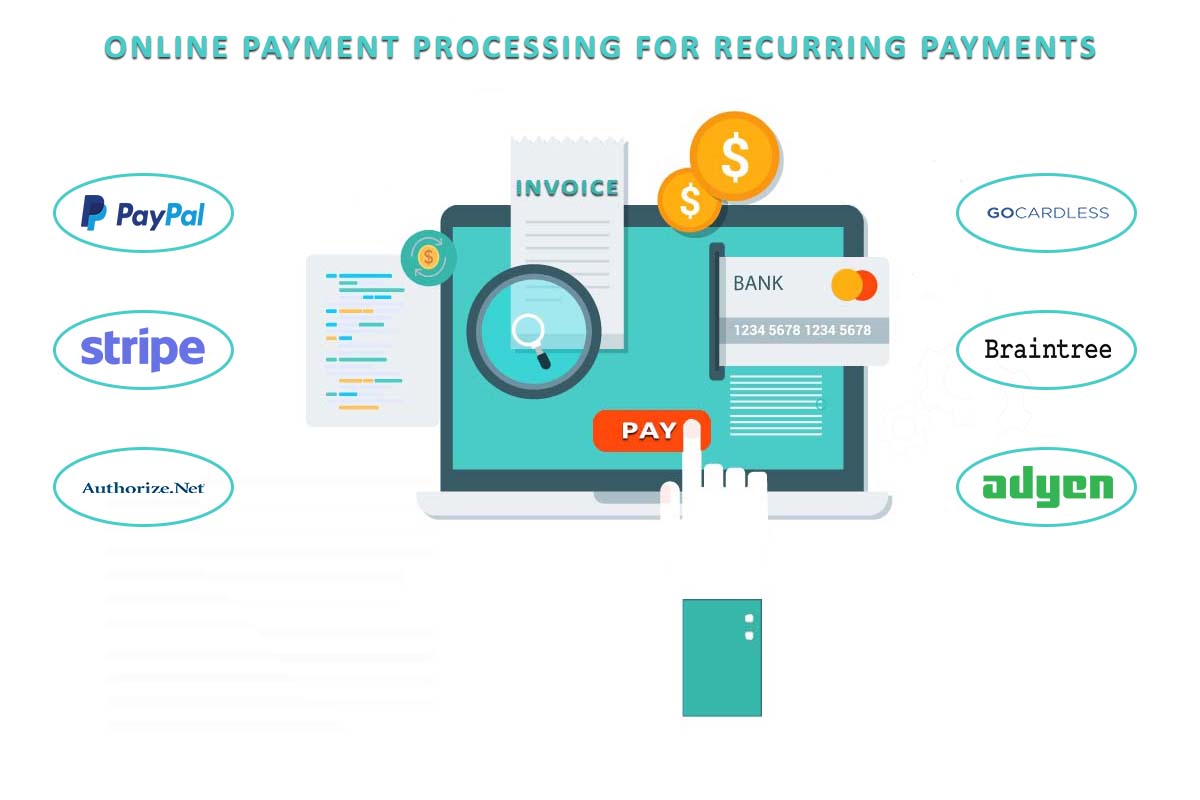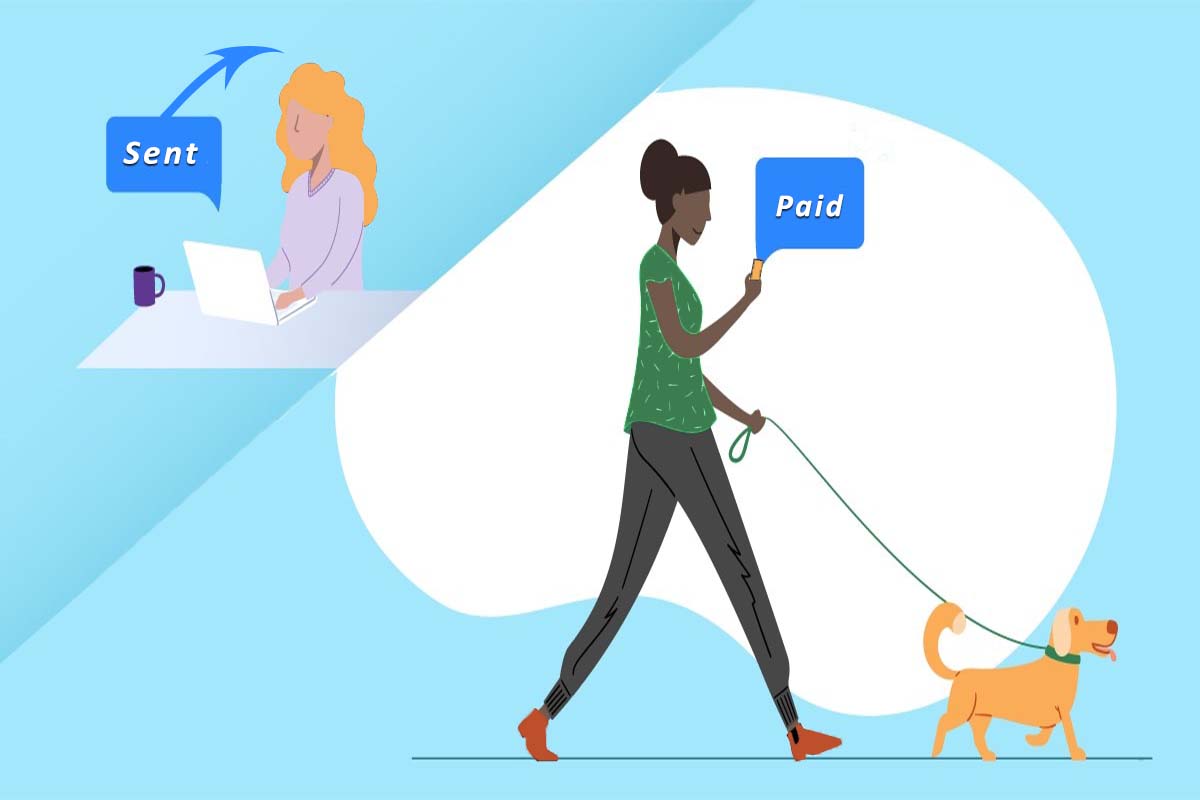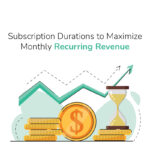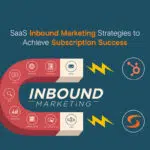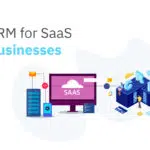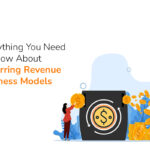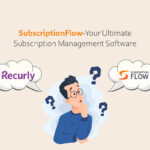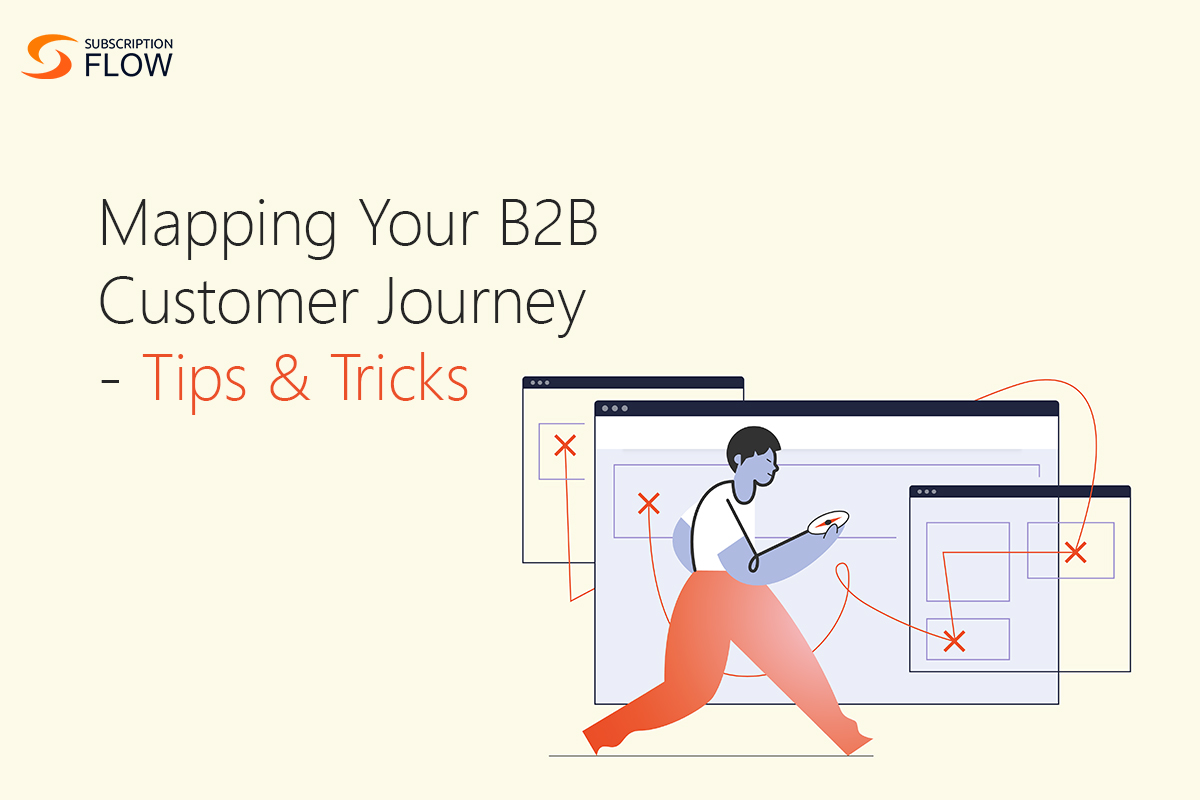
Mapping Your B2B Customer Journey – Tips & Tricks
Your B2B customer journey map outlines the optimal outcomes that result in customer renewals, upsells, and referrals. We’ll show you how to chart your own course to customer success. First, we’ll define a SaaS customer journey, segment it into stages, and explain why mapping it out is critical.
Then, we’ll lead you through a step-by-step process for designing your map, including how to utilise technology to ensure that your map achieves the effective outcomes you and your clients desire.
What is a B2B Customer Journey Map?
A SaaS client journey begins when a prospective customer becomes aware of your brand for the first time. It includes their experiences before, during, and after the transaction. It also includes all aspects of their interaction with your brand, such as their ideas, feelings, and behaviours.
The SaaS customer experience is similar in principle to customer journeys in other sectors, but it differs in detail. A SaaS consumer, for example, may begin their journey with your business by reading a review written by one of your customers on a software review site. Freemium strategy, as well as user experience, product features, and customer service, are frequently important in the early stages of the SaaS customer experience.
Your customer’s experience influences whether they continue to engage with your brand at each point of their journey. Ideally, consumers have a positive experience that encourages them to buy from you, renew their SaaS subscription when the time comes, and become brand advocates. However, typical hurdles may develop at each point, preventing the client from moving to the next stage of their trip. For example, a customer who has trouble onboarding and does not receive help may decide not to renew their membership.
SaaS organisations typically use visual assistance called a customer journey map to manage customer journeys and boost customer growth.
A customer journey map defines what experiences should occur at each stage of a customer’s journey in order to achieve a satisfied end. The map may also reveal potential difficulties at each phase, as well as solutions.
Read more: Logo Churn Survival Guide: 5 Effective Strategies for Fostering Customer Loyalty and Growth
Stages of B2B Customer Journey
The B2B (Business-to-Business) customer journey typically consists of several stages, similar to the B2C (Business-to-Consumer) customer journey, but with some variations to accommodate the unique nature of B2B transactions.
Here are the common stages of a B2B customer journey:
1. Awareness
Problem Identification: At this point, a company recognises that it has a problem or a need that must be addressed. This could be a new software system, a service provider, or a product that can help them better their operations.
Research Begins: The company begins to look for various solutions. This could include surfing the web, asking for suggestions, or attending industry gatherings.
2. Consideration
Exploration of Options: The company narrows its alternatives. They may compile a list of potential providers or solutions.
Comparative Analysis: They assess each option’s features, benefits, cost, and reputation.
3. Evaluation
Engagement with Vendors: For more information, the company may contact potential vendors. This could include making direct contact, participating in webinars, or seeking demos.
Proposal Requests: They may ask vendors for bids, proposals, or additional information.
4. Decision
Vendor Selection: The company selects the vendor or solution that best meets their requirements.
Contract Negotiation: This stage entails negotiating the agreement’s terms, cost, and any other specifics.
5. Purchase
Transaction: The business makes the final purchase and signs the contract.
6. Implementation
Onboarding and Integration: The purchased solution or service is integrated into the company’s current operations. Training, customization, and technical integration may be required.
7. Adoption
Utilization and Integration: The company begins to use the product or service on a regular basis and incorporates it into their workflow.
8. Value Realization
ROI Assessment: The company evaluates the value they receive from the purchased solution. They examine measurements, performance indicators, and other pertinent information.
9. Expansion
Additional Services or Upgrades: If satisfied, the company may look into more services, upgrades, or complementary solutions provided by the same provider.
10. Advocacy
Customer Loyalty and Advocacy: A satisfied customer becomes a vendor champion, possibly sending referrals or testimonials.
These stages are not always linear. In some cases, businesses might jump between stages or even revisit earlier stages (for example, when considering a new vendor for a different product or service).
Additionally, effective communication and relationship-building throughout these stages are crucial in the B2B customer journey. Providing value, addressing concerns, and maintaining a high level of service can lead to long-term, mutually beneficial partnerships.
Read more: Top 10 Customer Retention Strategies for Small Businesses
Types of Customer Journey Maps
Customer journey maps are classified into the following types:
Current State Map: This is based on the customer’s current location in their journey. It considers the customers’ thoughts, feelings, and behaviour while interacting with your product.
Future State Map: This map is built around estimates or projections of the customer’s experience with your product. It should be mapped after making modifications depending on the insights gained from your current state map.
A Day in The Life Mao: This depicts your customer’s daily activities outside of their connection with your product. It encompasses their entire lifestyle, including their leisure time, work time, and so on.
Empathy Map: This delves deeply into the customer’s behaviour in order to offer a personalised product experience. With an empathy map, you can drill down to the specific activities of your target persona from their perspective.
Service Blueprint Maps: this map connects to other types of maps in order to uncover hidden aspects that may disrupt the customer’s journey.
Circular Customer Journey Maps: These aid in visualising the customer journey in a loop or circle.
READ MORE: Billing Software for an Ideal Subscription Customer Journey
Advatanges of a B2B customer Journey Map
Creating a B2B SaaS customer journey map can offer several significant advantages for businesses. Here are three main benefits:
1. Enhanced Customer Understanding
Insight into Customer Needs: A B2B customer journey map assists organisations in developing a thorough understanding of their customers’ pain points, motives, and obstacles at various stages of the purchasing process. This knowledge enables more targeted and efficient communication and service delivery.
Segmentation Opportunities: Businesses can segment their audience by recognising multiple consumer personas and their unique journeys. This allows for more targeted marketing, sales, and customer service initiatives that are more likely to resonate with specific segments.
2. Improved Customer Experience (CX)
Seamless Interactions: Mapping out the customer journey allows firms to discover potential sources of friction or areas where the customer experience may be subpar. Businesses can expedite interactions and offer a more delightful shopping experience by solving these challenges.
Proactive Problem Solving: Anticipating future issues or concerns that customers may have allows businesses to address them proactively. This not only avoids consumer annoyance but also indicates a dedication to client pleasure.
3. Increased Sales and Customer Retention
Opportunity for Upselling and Cross-Selling: Understanding the customer journey enables organisations to discover appropriate times to upsell or cross-sell additional items or services. This could result in more money from existing clients.
Stronger Customer Relationships: Providing a consistent and personalised experience across the client journey promotes trust and fosters deeper relationships.
Final Word
By meticulously planning the user journey and optimising the crucial touchpoints, you are positioning your product for success.
Sign up for a SubscriptionFlow demo to get started if you need a tool to design better product experiences without coding.


